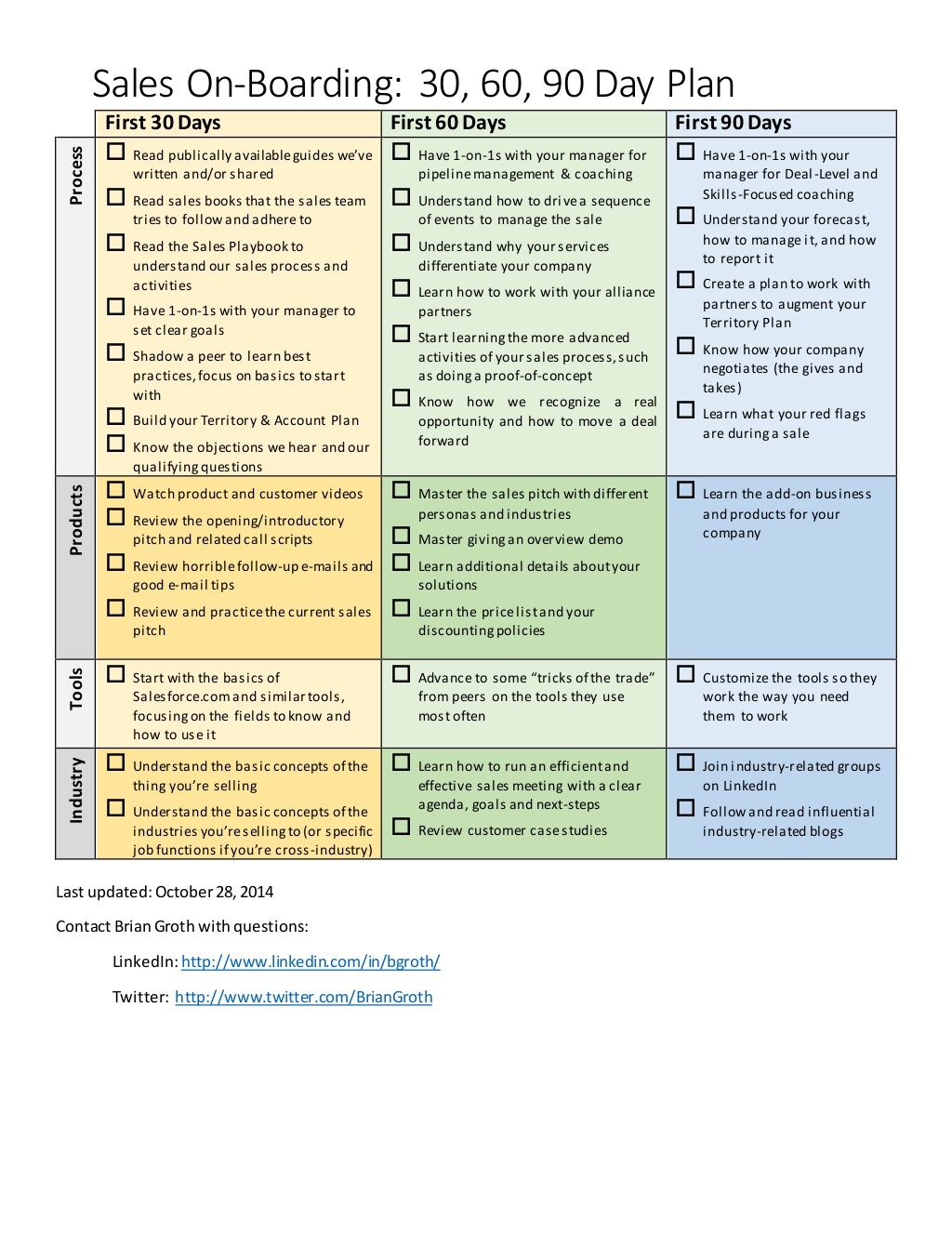Streamlining Your China Exports: A 90-Day Action Plan

Table of Contents
Phase 1: Assessment and Planning (Days 1-30)
This initial phase focuses on understanding your current export procedures and setting realistic goals for improvement.
H3: Conduct a Thorough Audit of Your Current Export Process:
Before you can streamline your operations, you need a clear picture of where you stand. This involves a meticulous examination of your current workflows.
- Analyze existing workflows: Identify bottlenecks, such as lengthy customs clearance times or inefficient documentation procedures. Map out your current process from order placement to final delivery.
- Evaluate current logistics providers: Assess the performance of your freight forwarders, shipping agents, and customs brokers. Are they reliable, cost-effective, and responsive to your needs? Consider factors like transit times, damage rates, and customer service.
- Review shipping methods: Compare the costs and benefits of different shipping methods, including sea freight, air freight, and express delivery, based on your product type, urgency, and budget.
- Assess compliance: Ensure strict adherence to all relevant export regulations in both China and your destination countries. This includes understanding export licensing requirements, tariff classifications, and labeling regulations. Non-compliance can lead to significant delays and penalties.
- Leverage export management software: Consider implementing software like Deskera, TradeGecko, or ShipBob to automate tasks, improve visibility, and enhance efficiency.
H3: Define Clear Export Goals and KPIs:
Setting quantifiable goals provides a roadmap for success and enables you to track your progress effectively.
- Reduce lead times: Set a target for reducing the overall time it takes to get your products from your factory in China to your customers.
- Improve on-time delivery: Aim for a high percentage of on-time deliveries to enhance customer satisfaction and build a strong reputation.
- Lower costs: Identify areas where you can reduce costs, such as negotiating better rates with logistics providers or optimizing your packaging to minimize shipping weight.
- Key Performance Indicators (KPIs): Track KPIs such as order fulfillment time, shipping costs per unit, customer satisfaction scores related to delivery speed and accuracy, and the number of export documentation errors.
H3: Develop a Detailed Export Strategy:
Based on your audit and defined goals, create a comprehensive strategy to guide your actions over the next 90 days.
- Address bottlenecks: Develop specific action plans to tackle each identified bottleneck in your current export process.
- Optimize shipping methods: Choose the most efficient and cost-effective shipping methods for your products and target markets.
- Select reliable logistics partners: Research and select reliable freight forwarders and customs brokers with a proven track record of success.
- Develop a robust documentation system: Establish a standardized system for creating and managing all necessary export documentation. This might include templates, checklists, and a secure storage system.
Phase 2: Implementation and Optimization (Days 31-60)
This phase involves putting your strategy into action and continuously monitoring its effectiveness.
H3: Implement Chosen Logistics Solutions and Technology:
Put your chosen solutions in place and integrate them into your existing workflows.
- Negotiate contracts: Negotiate favorable contracts with your selected logistics providers, ensuring clear terms and conditions.
- Implement software: Set up and configure your chosen export management software, ensuring seamless integration with your existing systems.
- Train staff: Provide thorough training to your staff on the new processes and technologies to ensure smooth adoption.
- Utilize online customs brokerage: Explore online customs brokerage services to expedite customs clearance.
H3: Streamline Documentation Processes:
Digitize and automate your documentation processes to reduce errors and improve efficiency.
- Digitize documents: Scan and store all export documents electronically, using a cloud-based storage system for easy access and collaboration.
- Automate processes: Implement automated systems for tasks like invoice generation, shipping label creation, and customs declaration filing.
- Explore EDI: Consider using Electronic Data Interchange (EDI) to exchange documents electronically with your trading partners.
- Ensure Incoterms compliance: Ensure that your contracts clearly state the applicable Incoterms rules (International Commercial Terms) to avoid misunderstandings and disputes.
H3: Monitor and Analyze Key Performance Indicators (KPIs):
Regularly monitor your progress against your defined KPIs.
- Track progress: Use a dashboard or spreadsheet to track your KPIs regularly.
- Identify areas for improvement: Analyze the data to identify areas where your export process can be further improved.
- Use data analytics: Use data analytics tools to gain a deeper understanding of your export performance and identify trends.
Phase 3: Refinement and Continuous Improvement (Days 61-90)
This final phase focuses on fine-tuning your processes and establishing a system for continuous improvement.
H3: Refine Processes Based on Data Analysis:
Use the data you’ve collected to refine your processes for optimal performance.
- Analyze data: Analyze the data from Phase 2 to identify areas for further optimization.
- Implement changes: Make necessary adjustments to your processes based on data-driven insights.
- Refine communication: Improve communication channels with your logistics providers and customers.
H3: Develop a System for Continuous Improvement:
Establish a system for ongoing improvement to ensure long-term efficiency.
- Regular reviews: Hold regular meetings to evaluate the export process and identify potential areas for improvement.
- Feedback mechanisms: Establish feedback mechanisms to collect input from your staff, logistics providers, and customers.
- Explore new technologies: Stay updated on new technologies and methodologies to enhance your export process.
H3: Plan for Future Growth and Scalability:
Ensure your processes can adapt to future growth and changing market demands.
- Project future volumes: Project your future export volumes to ensure your processes can handle increased demand.
- Scalable solutions: Ensure that your chosen logistics solutions and technologies are scalable to support future growth.
- Outsourcing: Consider outsourcing certain export functions, such as customs brokerage or documentation management.
Conclusion:
This 90-day action plan provides a framework for streamlining your China exports, leading to significant improvements in efficiency, cost reduction, and on-time delivery. By following these steps and embracing continuous improvement, you can transform your export operations and achieve sustainable growth in the global market. Remember that efficiently managing your China export processes is key to success. Start streamlining your China exports today! Download our free checklist to help you through each step of the process and unlock the full potential of your export business. We also offer consultations to help you navigate the complexities of efficient China exports and optimized China export processes.

Featured Posts
-
 Janet Jackson 2025 Icon Award Recipient
May 27, 2025
Janet Jackson 2025 Icon Award Recipient
May 27, 2025 -
 The Hidden Health Dangers Of Synthetic Hair Braids For Black Women
May 27, 2025
The Hidden Health Dangers Of Synthetic Hair Braids For Black Women
May 27, 2025 -
 Celebrating One Year Punxsutawney Phils Childs Birthday Party
May 27, 2025
Celebrating One Year Punxsutawney Phils Childs Birthday Party
May 27, 2025 -
 Zamach Na Roberta F Kennedyego Odtajnione Dokumenty Rzucaja Nowe Swiatlo Na Sprawe
May 27, 2025
Zamach Na Roberta F Kennedyego Odtajnione Dokumenty Rzucaja Nowe Swiatlo Na Sprawe
May 27, 2025 -
 Streamlining Your China Exports A 90 Day Action Plan
May 27, 2025
Streamlining Your China Exports A 90 Day Action Plan
May 27, 2025
Latest Posts
-
 Steffi Graf Entdeckt Neuen Sport Ehe Geheimnis Mit Andre Agassi
May 30, 2025
Steffi Graf Entdeckt Neuen Sport Ehe Geheimnis Mit Andre Agassi
May 30, 2025 -
 Prima Partida De Pickleball A Lui Andre Agassi
May 30, 2025
Prima Partida De Pickleball A Lui Andre Agassi
May 30, 2025 -
 Steffi Graf Und Andre Agassi Ihre Besondere Ehe Regel Und Ein Neuer Sport
May 30, 2025
Steffi Graf Und Andre Agassi Ihre Besondere Ehe Regel Und Ein Neuer Sport
May 30, 2025 -
 Andre Agassi Legenda Tenisului Juca Pickleball
May 30, 2025
Andre Agassi Legenda Tenisului Juca Pickleball
May 30, 2025 -
 Andre Agassi Revine In Actiune Debutul In Pickleball
May 30, 2025
Andre Agassi Revine In Actiune Debutul In Pickleball
May 30, 2025
